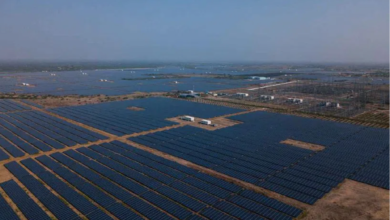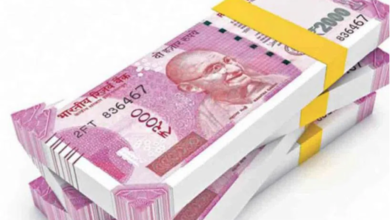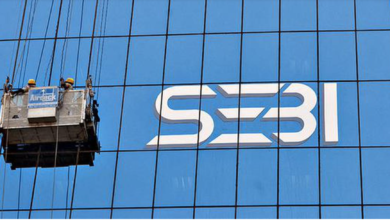Falling rupee may hit import-dependent industries

Hyderabad: The downward spiral of the Indian rupee could hit the industry hard, especially production segments where imports are a crucial component.
This is because the rupee, poised to hit 82 units per dollar if the tumble continues, could trigger an increase in industrial production costs, particularly in automotives, electronics, hardware and other segments where import dependency is high, according to Devendra Surana, former president of the Federation of Telangana Chambers of Commerce and Industry.
“With the falling rupee, imports will become expensive while exports competitive. Imports happening on the buyers’ credit will be badly impacted. Whether we import or not, the prices of most of the commodities are linked to international prices. Prices of gold, silver, steel, copper, coal, energy and others will be affected. A falling rupee is bad for industrial production. For instance, automobiles, hardware and appliances are dependent on imports. The exports in these cases lower than the imports,” Surana said on the impact of the rupee hovering around Rs 81.5.
Depreciation of currency is a problem for most countries and inflation is a major challenge for many. “Even though some imports, like plastic, are in small quantities, the price impact is big. Prices in sectors using aluminum, zinc and copper will fluctuate,” he said.
Normally, big importers and borrowers hedge 50-70 per cent of the value. But buyers pay a premium of 3-3.5 per cent for taking the hedge. The dollar was stable in the early part of the year or even went down. In such cases, the hedge mechanism does not help as the buyers pay the agreed value. Not taking a hedge is also risky as the dollar might strengthen to new highs, as it is doing now, Surana said, explaining the uncertainties.
According to the RBI, the inflation rate is expected to come down to four per cent in two years even as there are many uncertainties. For 2022-23, the Reserve Bank of India (RBI) has pegged the inflation rate at 6.7 per cent. The apex bank, which kept an inflation range of 4-6 per cent, said it would write to the government about not meeting the four per cent inflation target.
“Oil prices have softened in recent times. The cooling of oil prices will have an impact more quickly than the dollar coming down. The interest rates in the US are going up. Earlier, the difference in rates was five per cent and now it has come down to 2.5 per cent. That is the reason why the dollar is going up. It is likely to continue for the next six months,” he said.
Last week, the Indian rupee moved downward. It weakened after the US Federal Reserve hiked rates by 75 basis points — the third largest rate hike this year — and indicated larger rate hikes. This has negatively affected Asian currencies, including the Indian rupee. The weakness is likely to continue for some more time on the back of dollar demand from importers. Gold, considered a hedge against inflation, is also losing its safe haven appeal to its rival, dollar, given that the US central bank intends to raise interest rates.







